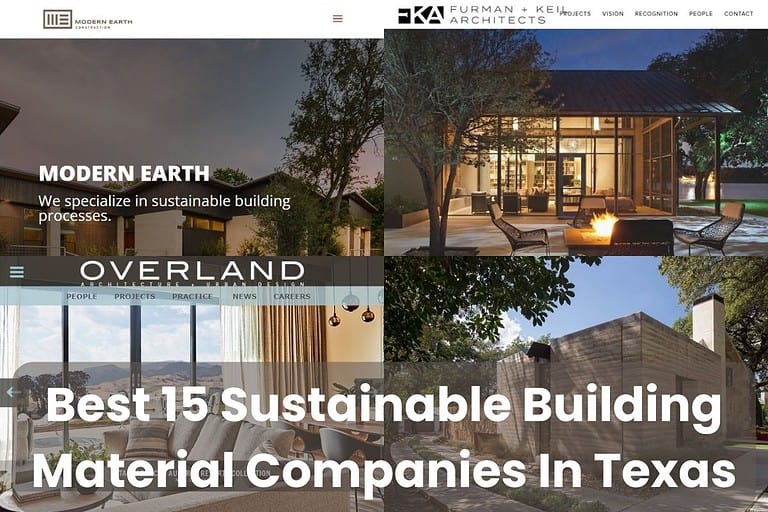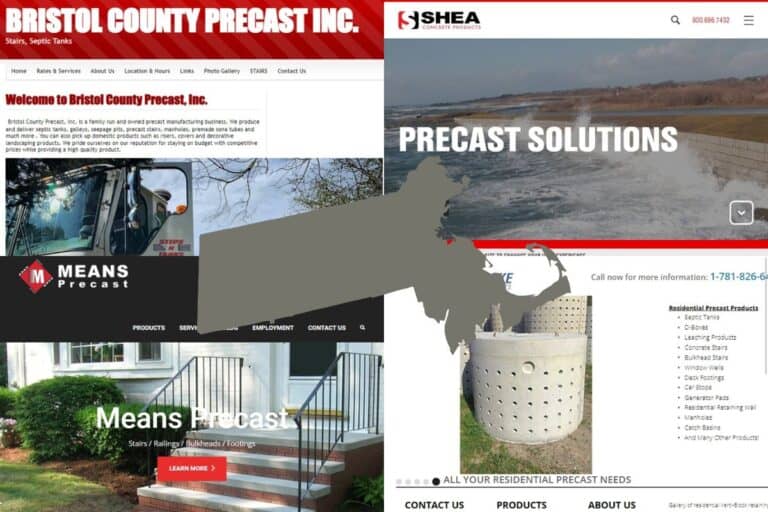Is Steel Sustainable? Should You Use Steel in a Green Build?
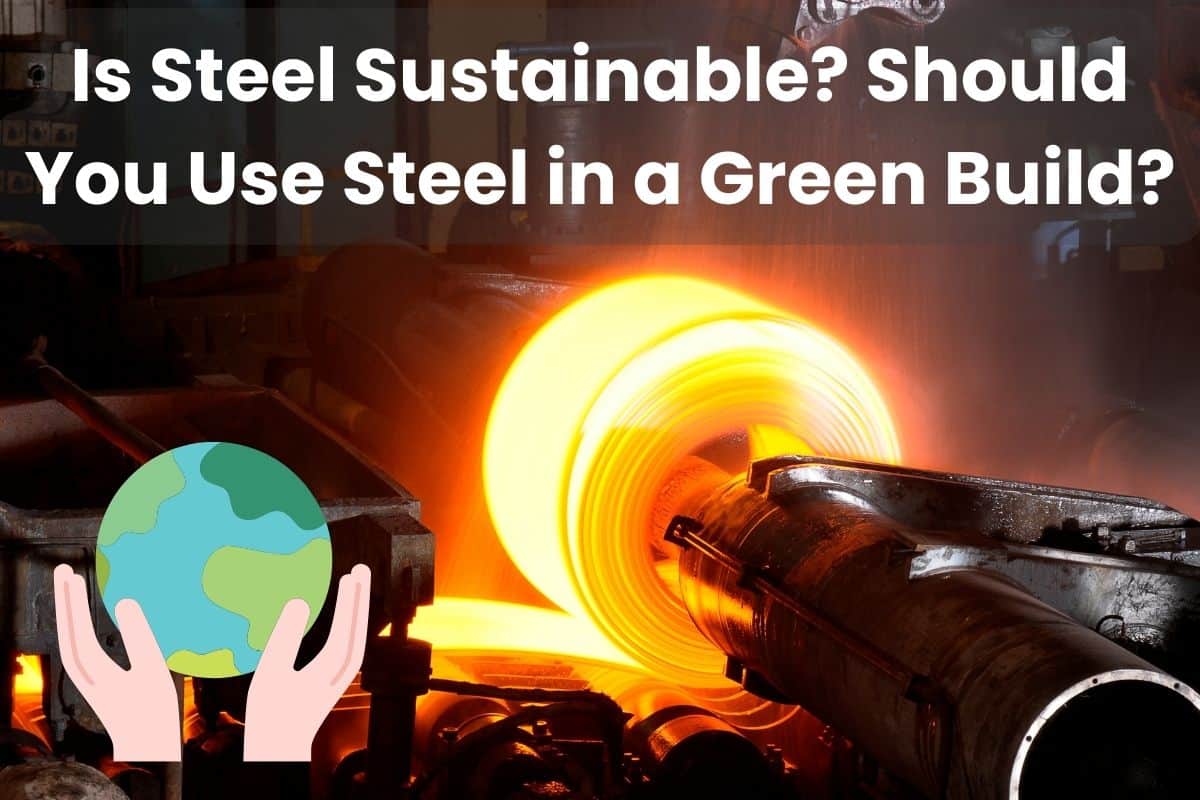
Steel is among the most manufactured products on earth, with over 1,800 million tons produced annually.
It’s the main metal used in construction projects due to its strength and durability. However, producing such an enormous amount of steel begs the question, “Is steel sustainable for green building projects?
Steel is not sustainable and thus shouldn’t be used for green building. Manufacturing steel is among the most energy-consuming and CO2-emitting industrial activities worldwide. It consumes approximately 6.0 MJ of energy per ton of steel while emitting 1.4 tons of CO2 per ton of steel produced.
In the rest of this article, I’ll discuss the environmental impact of steel production. I’ll also discuss how recycled steel helps mitigate these effects and how to identify recycled steel. Keep reading!
Steel Production
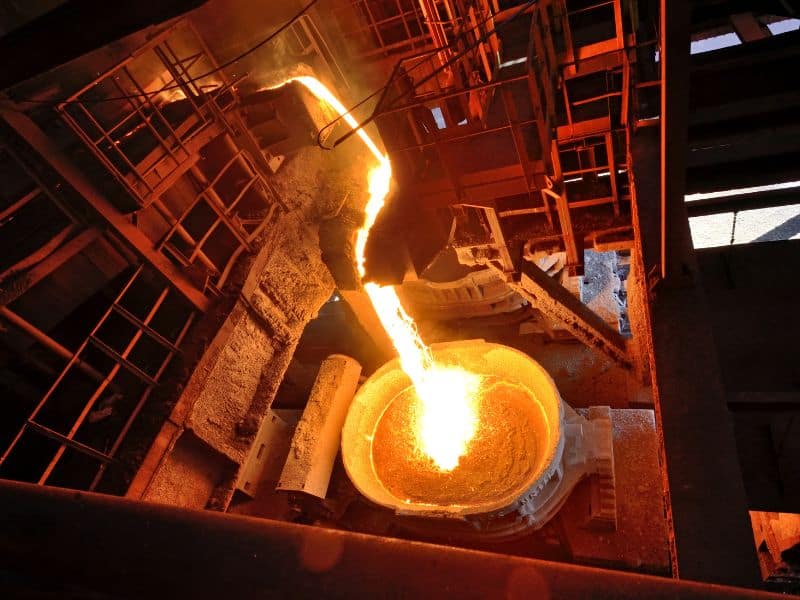
The impact of steel on the environment stems from its production. Steel is produced from iron ore, a mineral comprising iron and oxygen atoms, sometimes with sulfur and hydrogen. The most common iron ore is hematite, the chemical formula of which is Fe2O3.
Iron ore is usually mined through the opencast method, which involves heavy machinery and drilling to create a huge hole in the ground from which the ore is extracted.
After mining, the iron ore is transferred into coke-fired blast furnaces for smelting.
While smelting, limestone is added to remove impurities and acids from the mixture.
The process creates a pool of molten iron at the base of the furnace. The lighter impurities and molten rocks form a liquid “slag” at the top for easy removal.
The molten iron (pig iron) at the bottom is then retrieved for steel production.
Steel is manufactured from pig iron or steel scrap using either of the following methods:
- Basic Oxygen Furnace (BOF): BOF, also known as a blast furnace, combines pig iron with steel scrap metal in a furnace to produce steel. Oxygen is blown into the mixture to raise the temperature for melting the scrap and oxidizing impurities. The high temperatures lower the carbon content to the optimum level for the type of steel being produced.
- Electric arc furnaces: These are used to melt large quantities of steel scrap with high-current electric arcs. During melting, ferroalloys are added to the liquid metal to attain the ideal ratio of steel to other alloys like nickel and chromium, which are key components of stainless steel. Impurities form a slag, which is then removed, leaving pure steel.
Environmental Impact of Steel Production
Steel production and use have the following environmental impacts:
Landscape Degradation

The first effect of steel production stems from iron ore extraction. As mentioned, iron ore is extracted through opencast mining, which is a surface mining method for extracting minerals and rocks from the ground.
Opencast mining involves blasting rocks to access minerals and other materials in the earth’s crust and carving out a large void from which the iron ore is extracted.
The amount of explosives used, together with mining machines, removes the surface vegetation and topsoil, causing tremendous land and habitat degradation.
When the process takes place in natural woodland, old-growth trees that take centuries to mature can be permanently removed, degrading the local habitat.
Moreover, it’s difficult to rehabilitate the vast pits left after mining. Therefore, they pose a danger to the environment in terms of wildlife and human safety.
In addition to the above effects, opencast mining changes geotechnical and hydrological conditions and can disturb groundwater flow. This can render former opencast sites unsuitable for redevelopment due to the risk of subsidence.
Pollution and Soil Erosion
Pollution and soil erosion are other environmental consequences of steel production.
Unlike underground mining, opencast mining generates 8 to 10 times more waste, like spoil (unwanted excavated material), into the environment.
According to a report by the United Nations, open-pit mining generates large amounts of dust with toxic waste and metals. These wastes cause water, land, and air pollution.
It’s worth noting that opencast mining entails activities like drilling, loading, blasting, unloading, and transporting. These activities contribute immensely to dust generation, causing local air pollution and polluting the surrounding land and water environment.
Excavating to access the mining area removes vegetation and topsoil, which results in habitat loss.
Without vegetation, there’s nothing to hold the topsoil in place. Consequently, the area experiences high rates of wind and water erosion, which can cause particulate pollution in rivers as soil is washed into them.
Exposing the minerals in the ground to oxygen from the air and creating pathways for water to leach contaminants from the subsoil can result in serious pollution of the water environment.
Energy Consumption
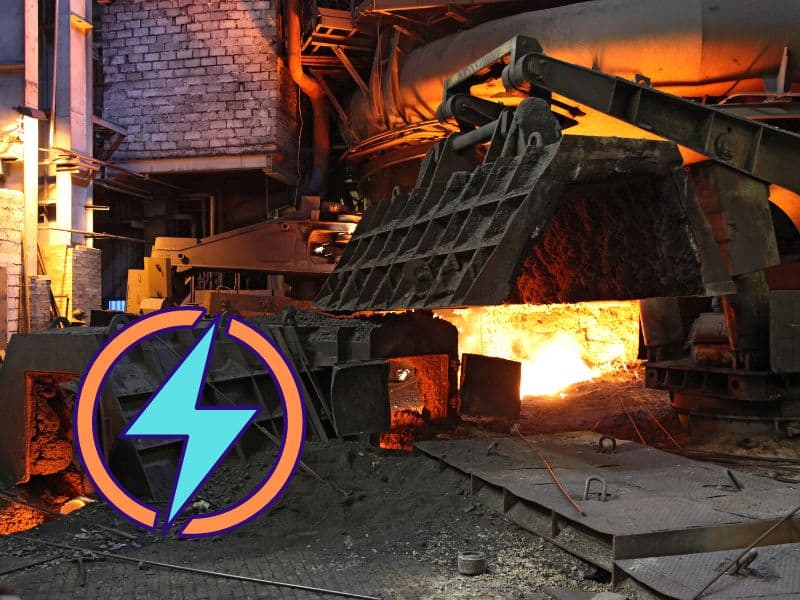
Steel production is an energy-intensive process.
Producing coke is the first energy-intensive activity in steel generation.
Coke is the primary fuel source for smelting pig iron in blast furnaces. It’s produced by heating coal at high temperatures, between 1,100 to 1,150°C (2,012 to 2,102°F), to remove volatile compounds and impurities.
The production of one ton of steel requires burning approximately 770 kilograms of coal, clearly a very energy-intensive process.
Moreover, the electric arc furnaces used to produce stainless steel consume a lot of electricity. These furnaces use between 350 and 700 kWh of electricity to produce a ton of steel.
Producing pig iron for steel is the most energy-intensive of all the processes. It consumes approximately 13.5 × 109 joules of energy per ton of steel produced.
The table below summarizes the amount of energy consumed by the different steel-making processes:
| Process | Absolute Minimum | Practical Minimum | Actual Average Requirement | Percentage Over Practical Minimum |
| Pig Iron | 9.8 | 10.4 | 13.5 | 23 |
| Basic Oxygen Furnace | 7.9 | 8.2 | 11 | 25 |
| Electric Arc Furnace | 1.3 | 1.6 | 2.25 | 29 |
| Hot rolling flat | 0.03 | 0.9 | 2.2 | 59 |
| Cold rolling flat | 0.02 | 0.02 | 1.2 | 98 |
Table 1: Energy consumption for different steel production processes in Joules × 109 per metric ton of steel manufactured. Source: Stanford University.
Carbon Dioxide and Other Greenhouse Gas Emissions
Carbon dioxide emissions from human activities are the leading cause of global warming.
Unfortunately, steel production contributes immensely to carbon dioxide emissions. Manufacturing a ton (2,000 pounds) of steel generates about 1.4 tons (2,800 pounds) of carbon dioxide.
Carbon emissions arise from different points within the steel-making process.
For instance, mining and quarrying activities generate a considerable amount of carbon dioxide.
Furthermore, coke and coal combustion releases carbon dioxide into the atmosphere.
The electric arc furnace used to process stainless steel is also responsible for large amounts of carbon dioxide gases.
Besides carbon dioxide, other greenhouse gases like nitrogen oxide and sulfur dioxide are also released during steel production.
Nitrogen oxide is primarily produced when coke ovens are used. High temperatures from the furnace cause an incomplete burning of fuel components like methane and nitrogen, resulting in nitrous compounds.
Sulfur dioxide is mainly released by sinter plants that process iron ores into pellets.
Due to these numerous greenhouse gas sources, steel production contributes in a big way to global warming and climate change.
How Recycled Steel Mitigates Steel Production Impacts
Recycled steel is a more eco-friendly material that mitigates the effects of generating virgin steel.
Steel sustainability is achieved by recycling steel and, as a result, reducing the need for new production from iron ore.
Recycled steel mitigates the adverse effects of steel production in the following ways:
Energy Conservation
According to the EPA, recycling steel conserves between 60 and 74% of the energy used to make new steel.
To put that into perspective, recycling a single “steel food can” save enough power to light a 10-watt LED bulb for over a day.
While manufacturing steel from ore has many energy-intensive processes, smelting is the only energy-intensive activity when recycling steel.
Elimination of Landscape Degradation
Recycled steel also reduces landscape degradation because it doesn’t require iron ore to be extracted from the ground.
There’s no need to clear trees and vegetation to access the ore underground. In turn, this reduces carbon dioxide emissions and landscape degradation.
Moreover, recycling steel eliminates the large pits that cause ecological harm.
Reduction in Pollution and Carbon Dioxide Emissions
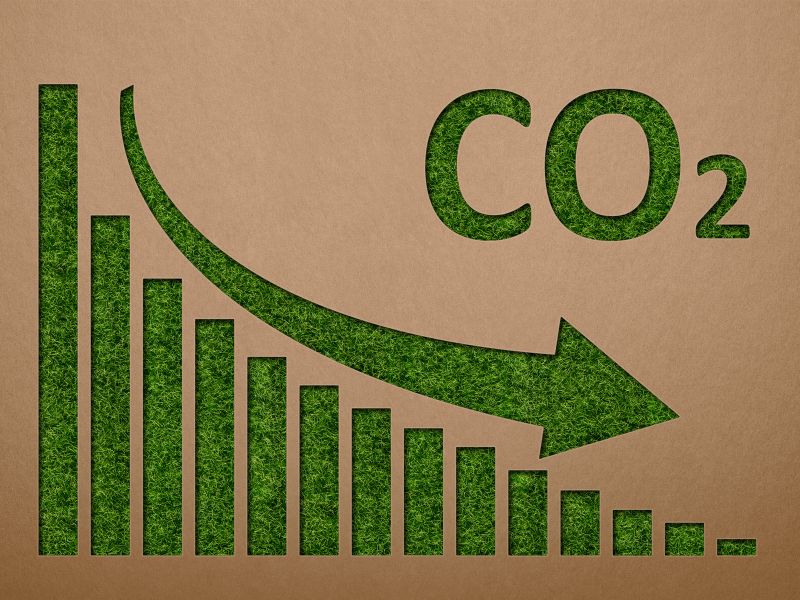
Recycling steel reduces carbon dioxide emissions drastically.
The smelting process is the only energy-intensive process when recycling steel. Therefore, it results in much lower greenhouse gas emissions while conserving energy. This is particularly true if using an electric arc furnace powered by renewable electricity.
Furthermore, the absence of blasting and drilling reduces pollutants like dust, sulfur dioxide, and nitrogen oxide.
Diverting Waste From Landfills
According to the EPA, over 600 million tons of construction and demolition (C&D) waste was generated in the U.S. in 2018.
Unfortunately, most of these wastes end up in landfills, contributing to land and air pollution.
Steel makes up a considerable amount of C&D waste because it’s the main metal used in construction. Therefore, recycling steel helps reduce the amount of waste that ends up in landfills.
Recycled steel also prevents new quarrying and mining, further preventing landscape degradation and pollution.
How to Know If Steel Is Recycled
It can be challenging to identify recycled steel by just looking at the material itself.
However, here are some ways to know if steel is recycled and thus eco-friendly:
- Certification and documentation: Some manufacturers provide certificates and documents that verify the origin and process used in steel production. Besides, certificates from environmental conservation organizations like LEED should help you confirm if the steel is recycled.
- Product labels: Check for any information about the steel’s origin or manufacturing process on product labels. If it was made from recycled materials, you’ll find that noted somewhere on the packaging or paperwork.
- Asking directly: You can contact the manufacturer to confirm if the steel is recycled.
- Recycling symbols: Some recycled steel products have universal recycling symbols, like the three-arrow triangle.
Final Thoughts – Is Steel Sustainable?
So, is steel environmentally friendly? The answer depends on the source and manufacturing process.
Recycled steel is a more sustainable building material than its virgin counterpart.
New steel production consumes a lot of energy while generating greenhouse gases. It also causes air, water, and land pollution.
On the other hand, recycled steel is more energy-efficient and helps reduce air and water pollution due to the steel production process.



